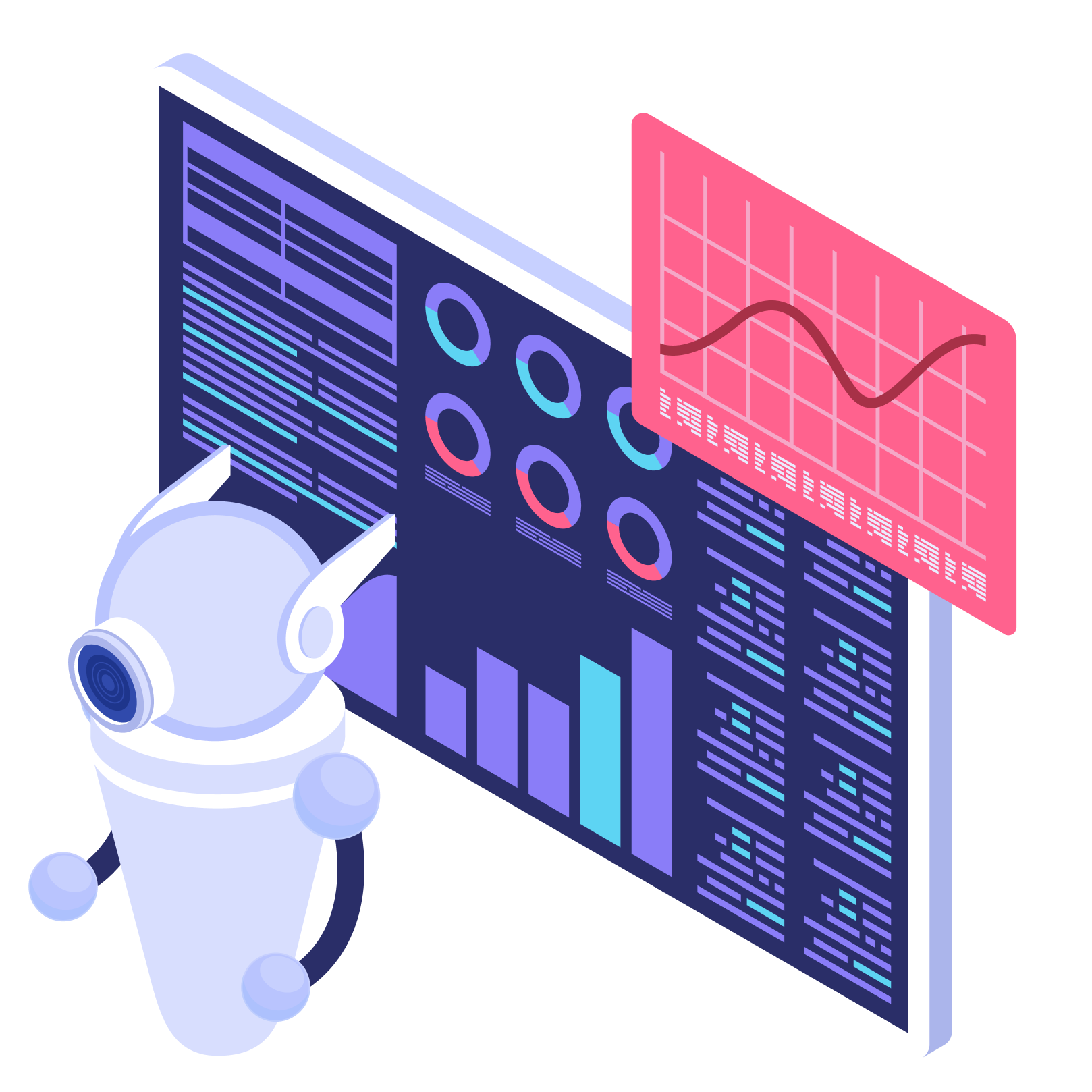You’d have to have been living under a rock over the last couple years to be unaware of the serious advantages artificial intelligence, or AI, offers the business world. Many of you have probably even explored how to apply these digital assistants in your daily operations.
And, conversely, you would be just as much out of touch if you didn’t recognize that the technology has some blind spots.
Take the issue of so-called “hallucinations” as an example. In such cases, despite being given access to the wealth of data found online, the AI assistant is fed misinformation or misinterprets the data it finds. In turn, query results can run the gamut from the hilarious to the downright disturbing.
But when you analyze where AI errors occur, it becomes clear that few business arenas are more adversely affected than those doing one-to-one research, analysis and marketing.
Customer data isn’t all it’s cracked up to be
The old maxim, “Shovel [crap] in, get [crap] out,” has never been truer than with AI. As amazing as the technology can be, it’s very much like a student who takes a random online fact and bases their entire homework assignment around it. The results are a “crap” shoot at best.
However, when you add personal data into the mix, this already troubling flaw in the tech becomes magnified to extremes. Suddenly your prospects and customers are being marketed back-to-school deals for kids they don’t have or a new car they already bought months ago.
If we’re truly honest with ourselves, we all know that the customer data within our CRM platforms is most likely filled with errors and woefully out of date — which is already a problem in and of itself. But when we turn over the keys to AI to automate our efforts, we’re doing more than wasting time and money. We’re also tearing down our brand reputation.
After all, when we create a mass personalization matrix, if we get the “personal” part wrong, we present ourselves as uncaring and out of touch. We would have done better to simply send out a generic communication in such instances.
That’s why, despite decades of conventional wisdom claiming the more personal your messaging, the more connected the consumer will be with your brand, I believe it’s time to chart a different course.
Enhancing market insights with clickstream data sources
The inherent problem with over-reliance on cookies and data aggregated from CRM providers, is that the researcher, analyst or marketer — and therefore, AI as well — is placing too much value on what the individual consumer may have said or done in the past, rather than identifying where the market is moving toward now.
This is not to say that one-to-one efforts have no place in marketing. (They still do.) But when we explore alternative data sources that strip away the liabilities of working with data at the individual level, we can sometimes reveal the true intent of the market, which better informs our overall understanding.
Whether we’re talking about generalized geolocation data, unregistered survey data or general clickstream data, we are typically drawing anonymous or anonymized information about the intent or actions of thousands or even millions of people worldwide. So while you have no idea who these individuals are, the sample size is so vast you get a solid picture of what the market as a whole is interested in now. And because the measurement in some instances is persistent, you can even see how general behavior grows or shrinks over time.
But more to the subject at hand, by feeding your AI this past and present activity, you give it a valuable baseline to look for in your other data.
Now when your AI assistant analyzes your customer or prospect file, it can more quickly dispel many of the more troubling hallucinations in your data by prioritizing the authority of desirable actions that consumers are actually displaying online.
In other words, instead of relying on the customer’s own actions as the sole basis for a communication, AI can now group our contacts into broader targets that simplify our efforts, yet still enhance our resulting effectiveness in reading our marketplace.
Keeping your AI on track
The important thing to remember, though, is that AI is not a panacea in itself. As I’ve already made clear, it needs quality information in order to generate premium results. And in order to make sure our AI is being fed data of a quality nature, we need to explore beyond individual data points and look at the broader trends that may be emerging.
We also need to remind ourselves that monitoring the actions our AI assistants are taking on our behalf is easier said than done. Finding the hallucinations they may be influenced by can be incredibly difficult to find — especially at a national or international scale.
That’s why alternative data sources are rapidly becoming essential checks for helping AI make more accurate recommendations. They bring the added perspective your AI tools are often missing.
Finally, it’s important to recognize that no one is as unique as they think they are. Wider audience trends can often be better indicators of consumer intentions than the individual actions. So making sure your AI is including and even prioritizing this data can mean the difference between success and failure in understanding consumer needs.





